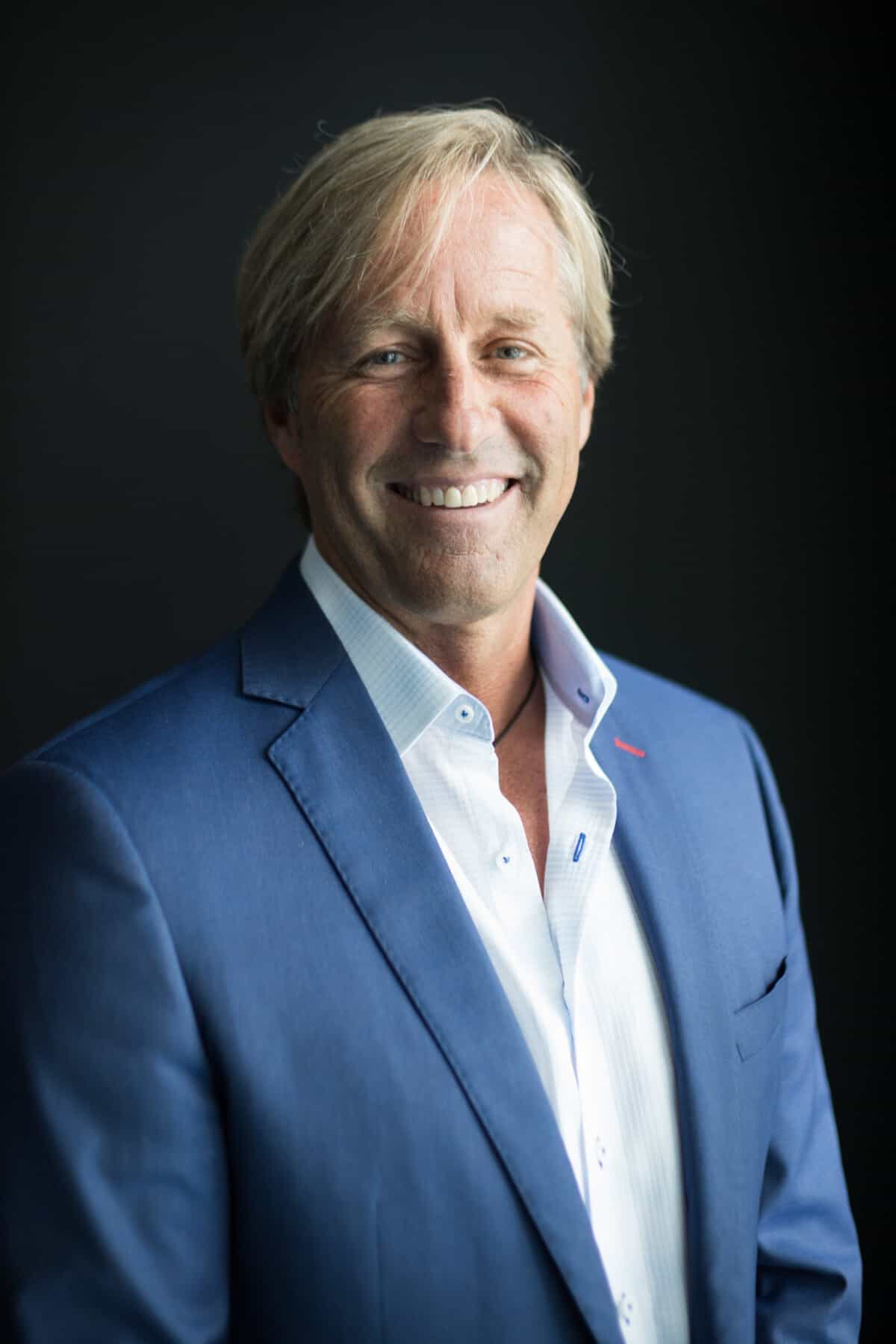Share:
In this episode we talked with author Stacey Barr and discussed the top 10 most important things that a leader needs to do to create a high-performance culture that doesn’t burn people out.
Stacey is a specialist in strategic performance measurement and evidence-based leadership. Her purpose is to help leaders get tangibly clear about the results they intend to achieve in their organization, and to better recognize how well they are achieving those results.
Stacey helps executives and senior leaders, along with their planning and performance professionals to lead the creation and use of meaningful, results-oriented performance measures that transform the culture and achieve organizational goals.
Stacey is also the author of Prove It!: How to Create a High-Performance Culture and Measurable Success.
Stacey has always been comfortable with numbers and actually started her career as a research statistician.
Join us as we discuss with Stacey how to create a high-performance culture that doesn’t burn people out. Learn Stacey’s insights on how measurement and KPI’s should be used for learning and growing instead of judging performance. Hear what “weasel words” are and how they can inhibit you from properly communicating the goals of your organization.
Here is a link to Stacey’s website:
Stacey’s Website
Here is a link to Stacey’s book:
Prove It!: How to Create a High-Performance Culture and Measurable Success
Here is a link if you want to Connect With Stacey on LinkedIn:
Stacey’s LinkedIn Profile
Stacey’s Top 10
1. Be results-oriented (before being action-oriented)
“When we develop measurement at the same time as we are developing a results-oriented focus, the measures become very visible, concrete anchors that keep taking us back to ‘this is the results we are doing the activities for.’ And when we do that we can modify the activities if they are not getting us the results we want.” – Stacey Barr
2. Communicate goals clearly (not with weasel words)
“The problem with weasel words is that when they are in our missions and vision statements, they seem good on the surface, however they confuse the meaning of those statements. So you end up with statements that if you asked 5 different employees what they mean you would get 7 different explanations.” – Stacey Barr
3. Prioritize ruthlessly (the key to strategy is omission)
“Our strategies are too bloated oftentimes, and when they are too bloated we end up not moving the needle.” – Stacey Barr
4. Cascade strategy by cause-effect, not mini-me
“The concept of cascading is basically aligning everybody to contribute to the things that affect the strategic direction of the organization. We often think that the best way to achieve our overall strategic goals is to have each team take on a small version of the overall goal. The problem with that mindset is that isn’t how organizations work.” – Stacey Barr
5. Use measurement for learning, not judging
“We’ve got to get judgement out of measurement. Measurement is a tool for our hands and not a rod for our back. Wherever we can encourage people to create their own measures that are aligned with the goals of the organization, we can positively change the company culture.”
6. Make measures relevant by making them evidence-based
When measurements are evidence-based and the results of those measurements can be clearly seen by those being measured and those doing the measuring, they quickly become relevant and understood.
7. Only measure what you should, can and will improve
“The idea is that you don’t just measure because you can or you have in the past. You measure something because it is something that you should improve, that you have the ability to improve, and it is something that you will allocate the resources to improve. If it doesn’t meet those three prerequisites then it is a waste of time to measure it.” – Stacey Barr
8. Improve performance with fundamental fixes, not compensating for poor processes
“A fundamental fix is a different way of thinking about improvement. It’s where we look at the process and we say ‘If it’s taking so long to do this, it’s probably because we have designed it badly.’ A fundamental fix is a change to a process we make once and after that change it works more efficiently every single month.” – Stacey Barr
9. Make decisions from patterns in data, not individual data points
“We’ve got to make sure we understand that there will be variation over time but we need to differentiate between natural variation and variation that needs to be addressed.” – Stacey Barr
10. Make processes, not people, the focus of improvement actions
“We really need to put our faith in people to do the right thing, to change the processes of the organization so that the organization can perform as it should.” – Stacey Barr







